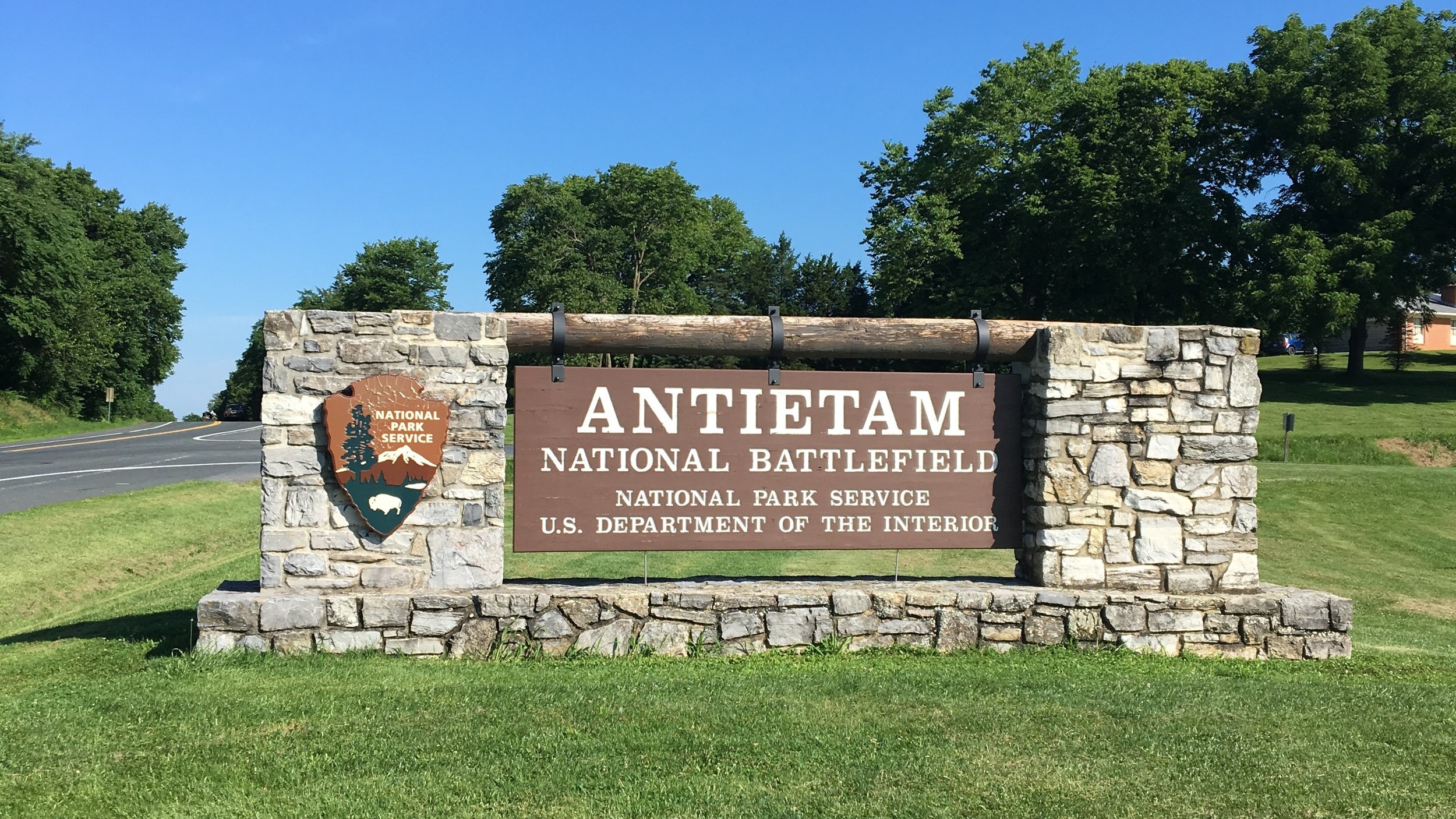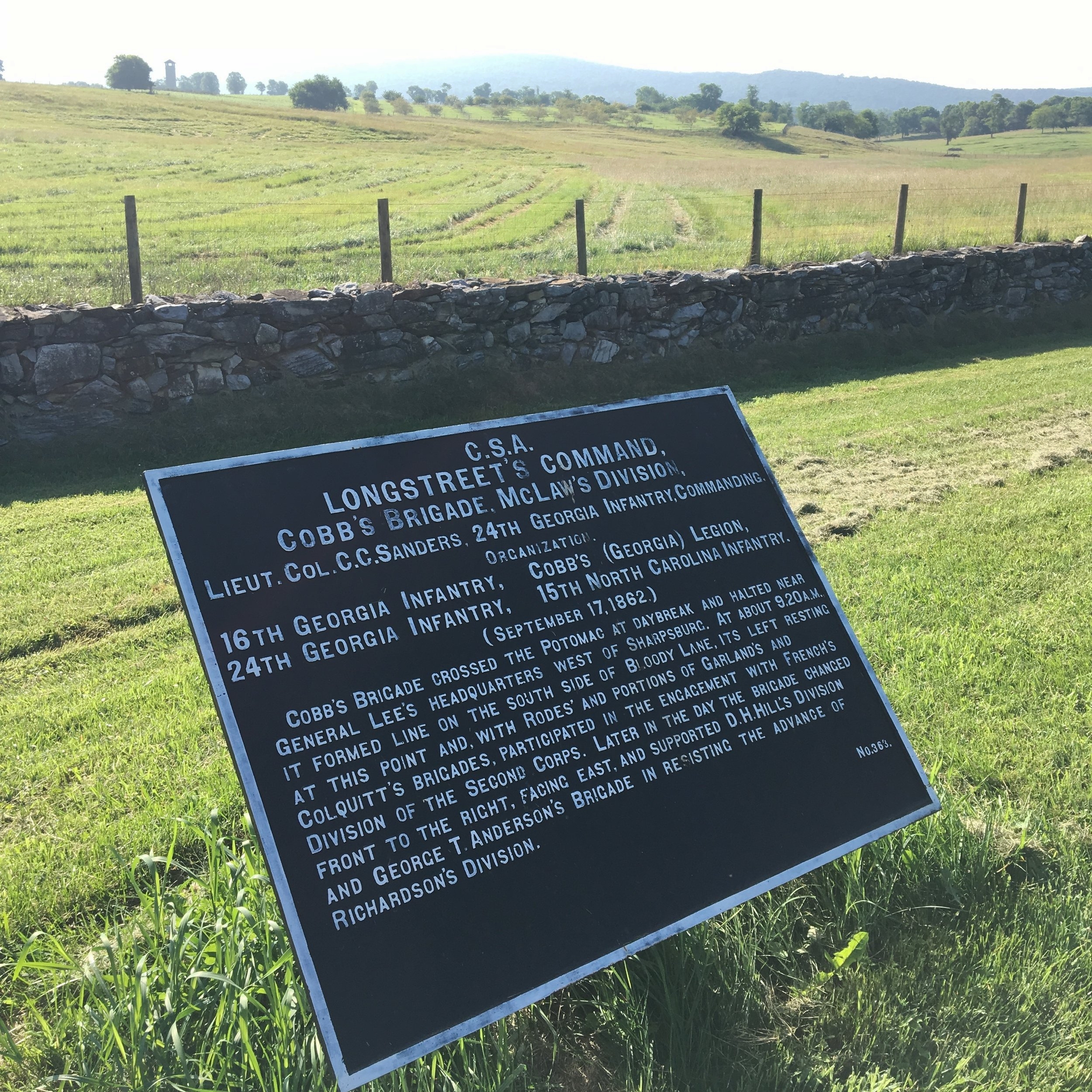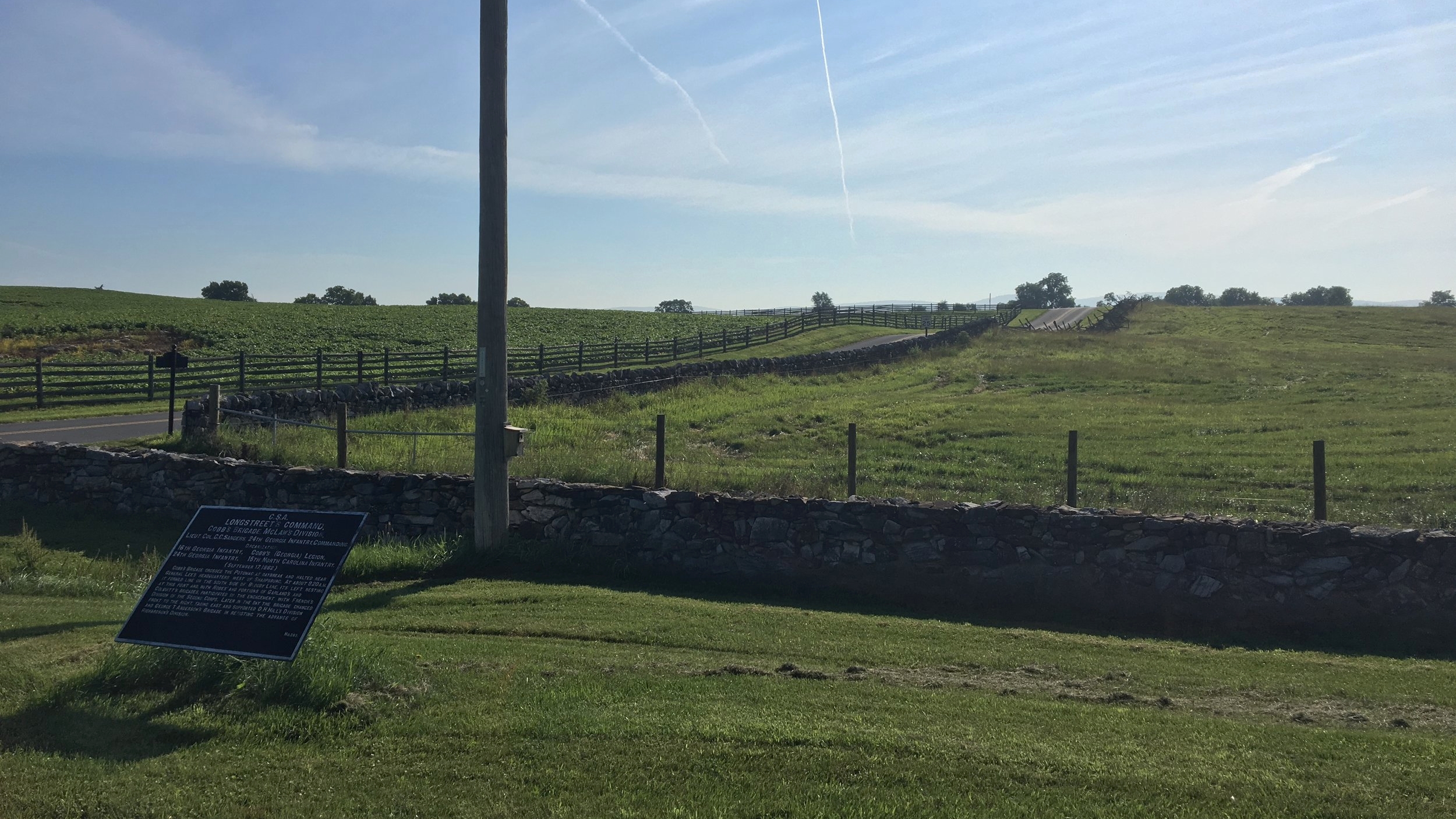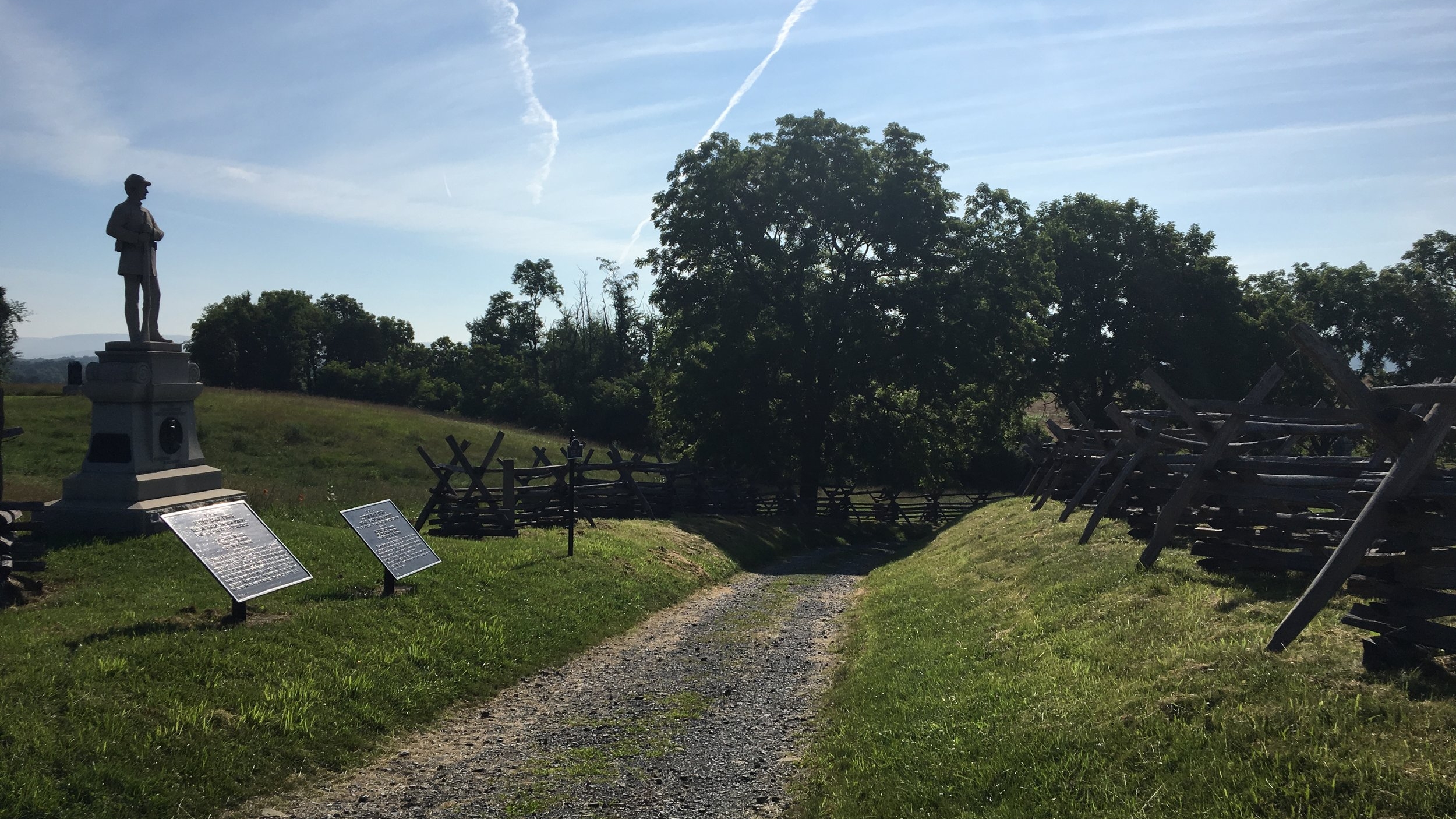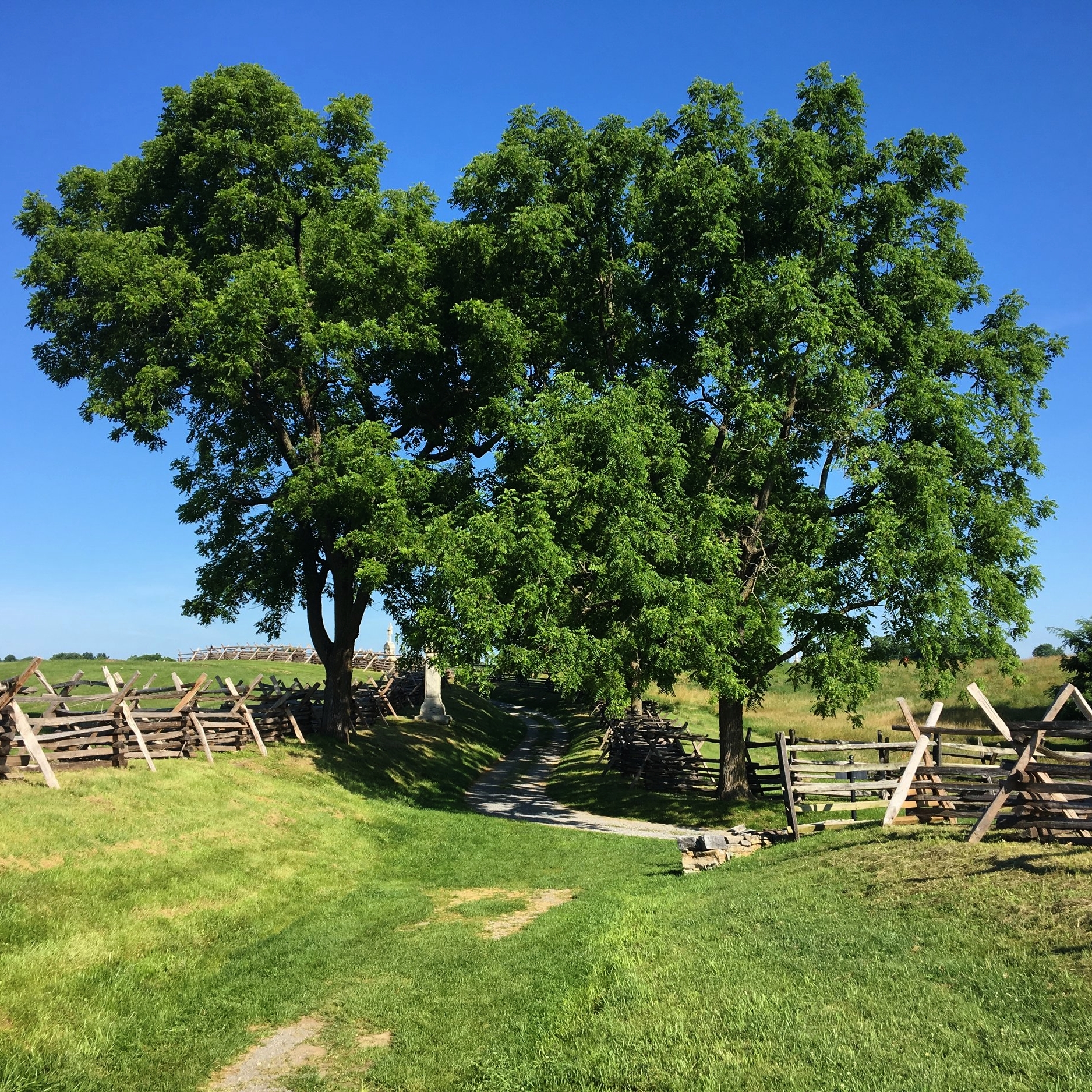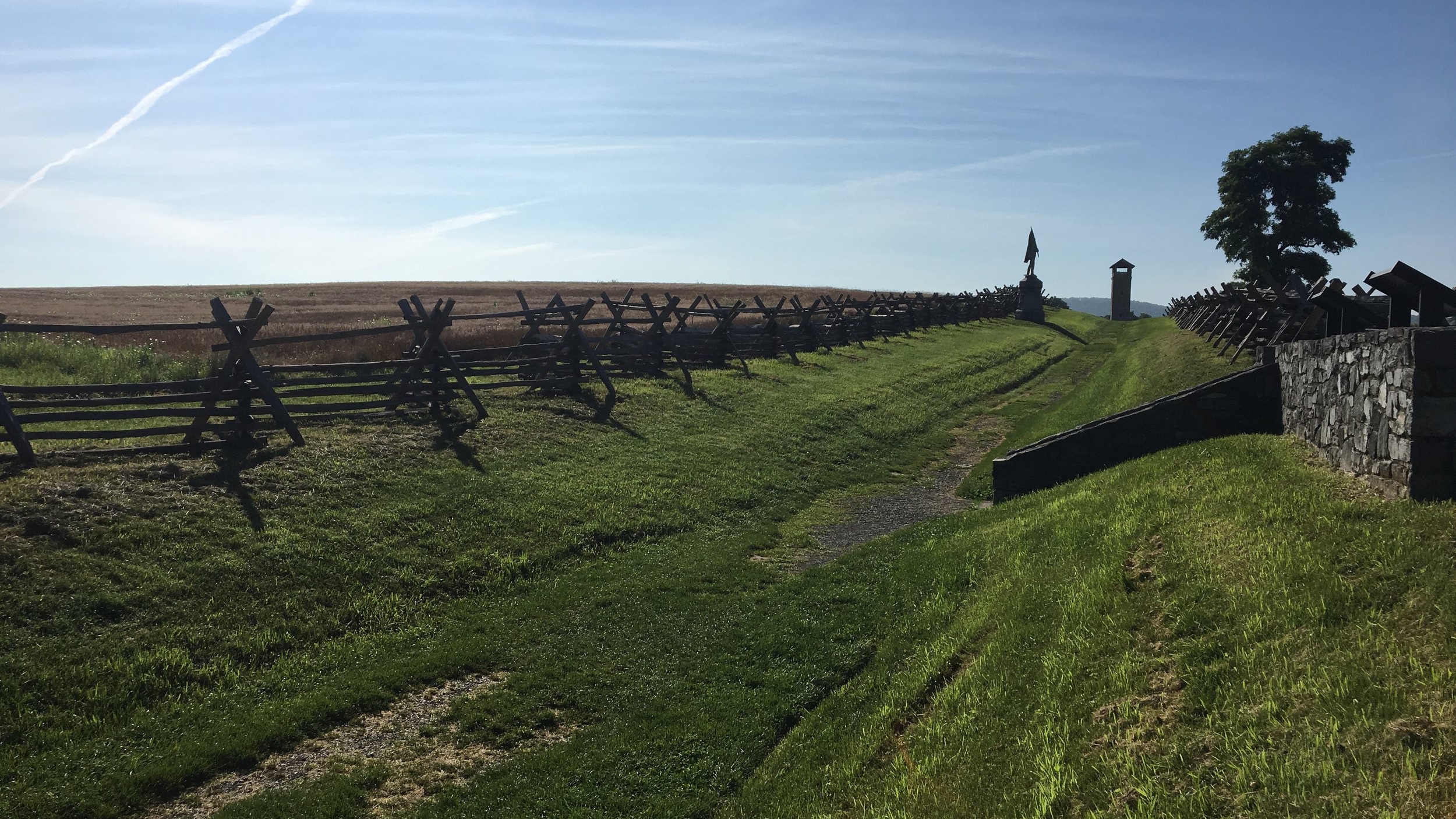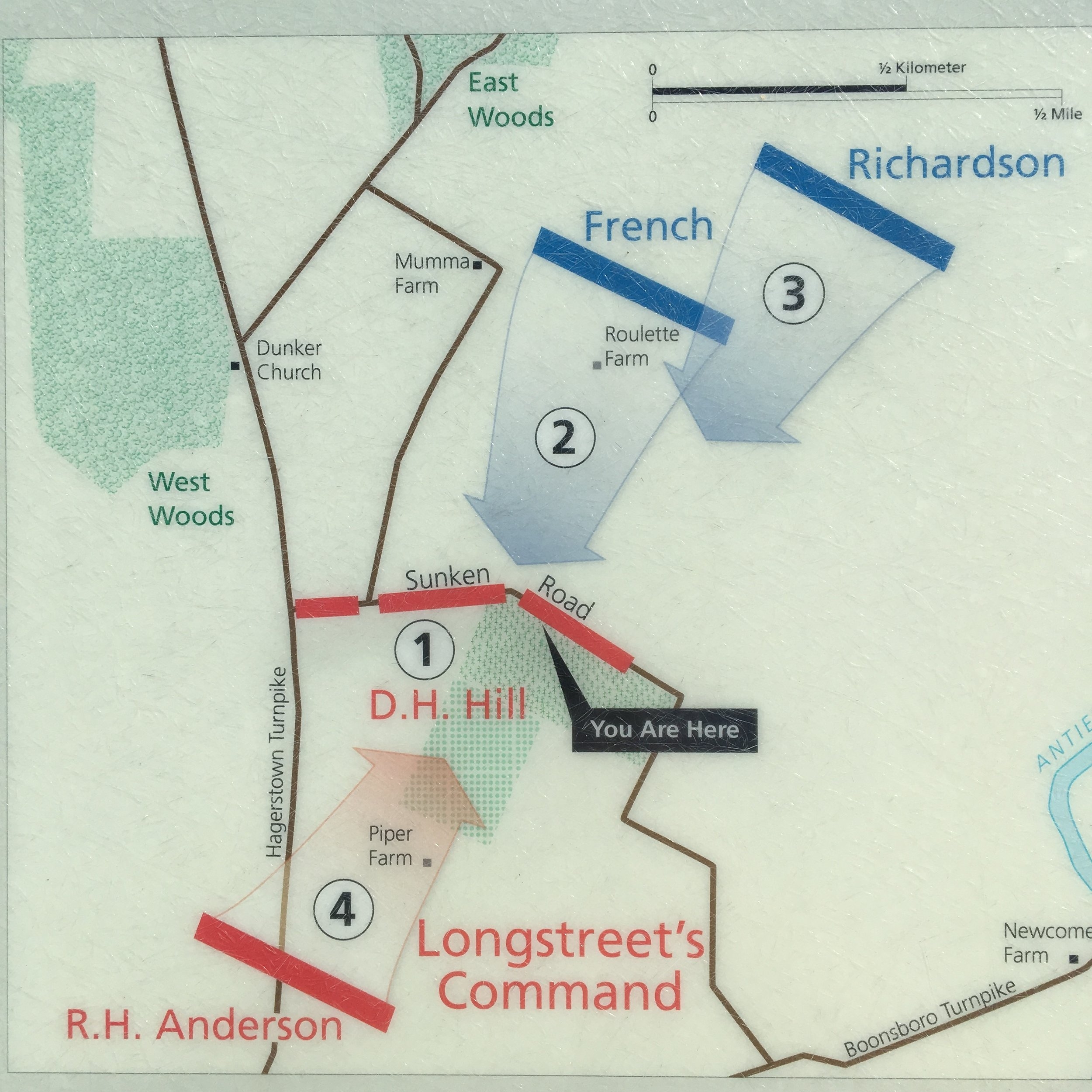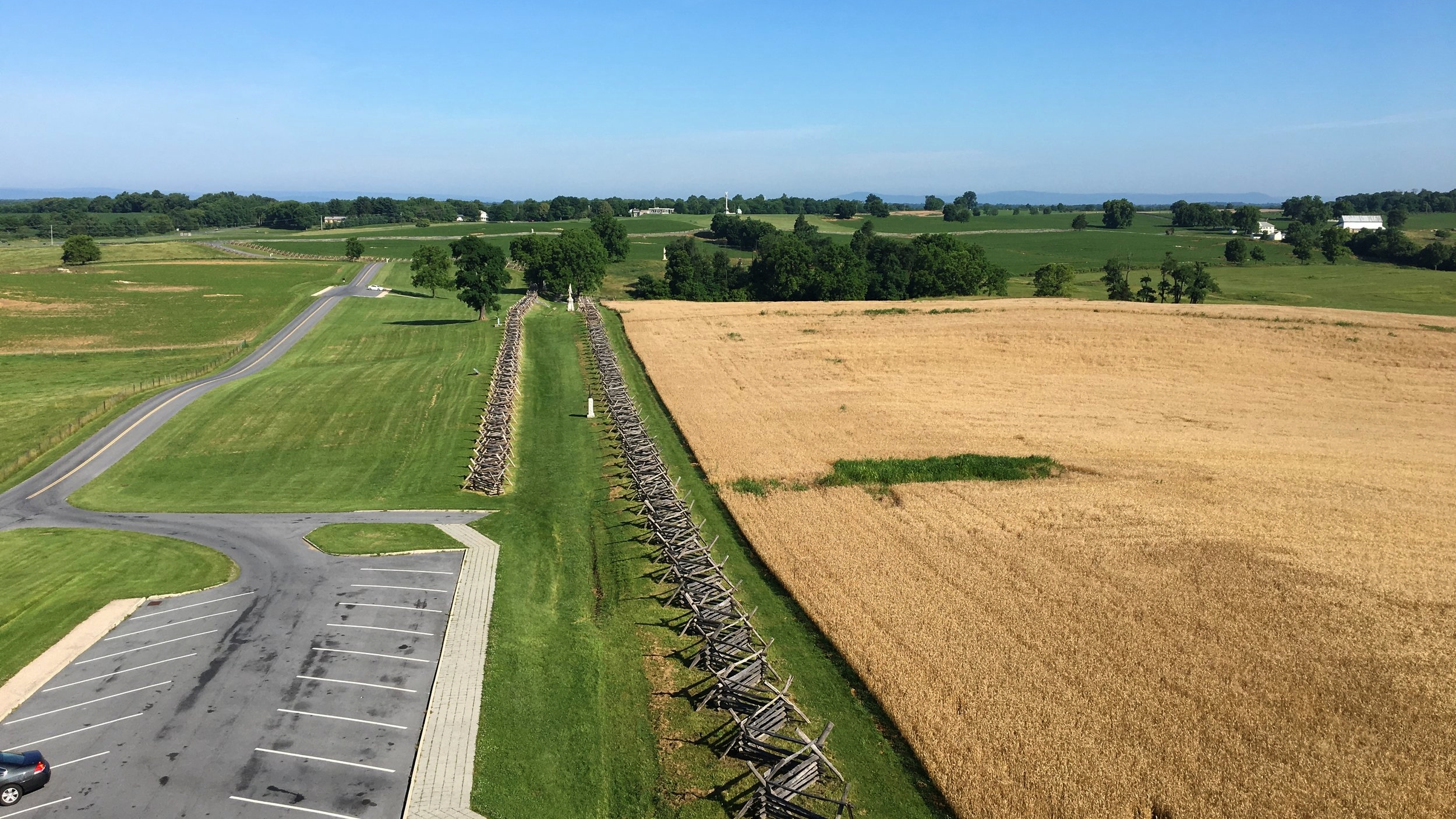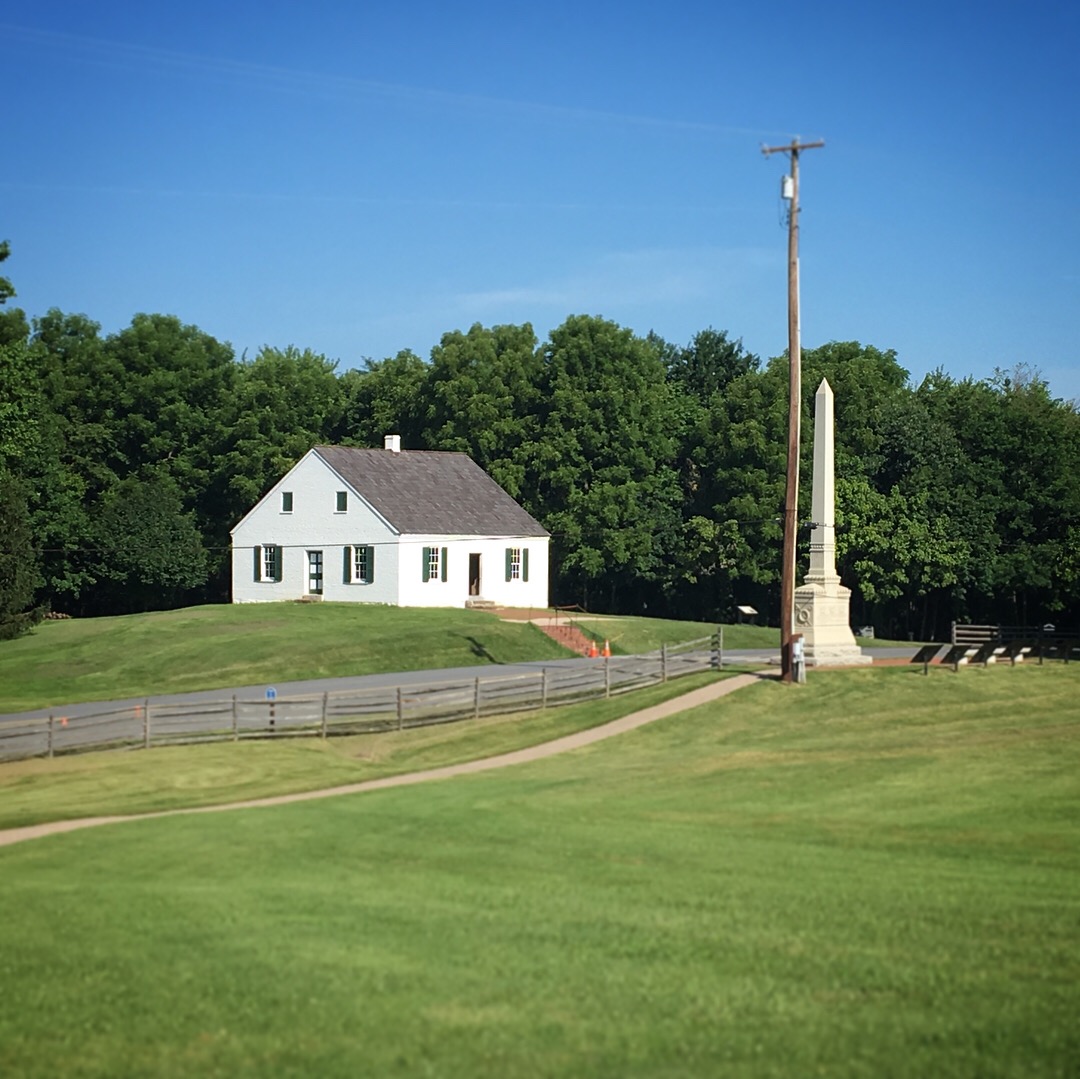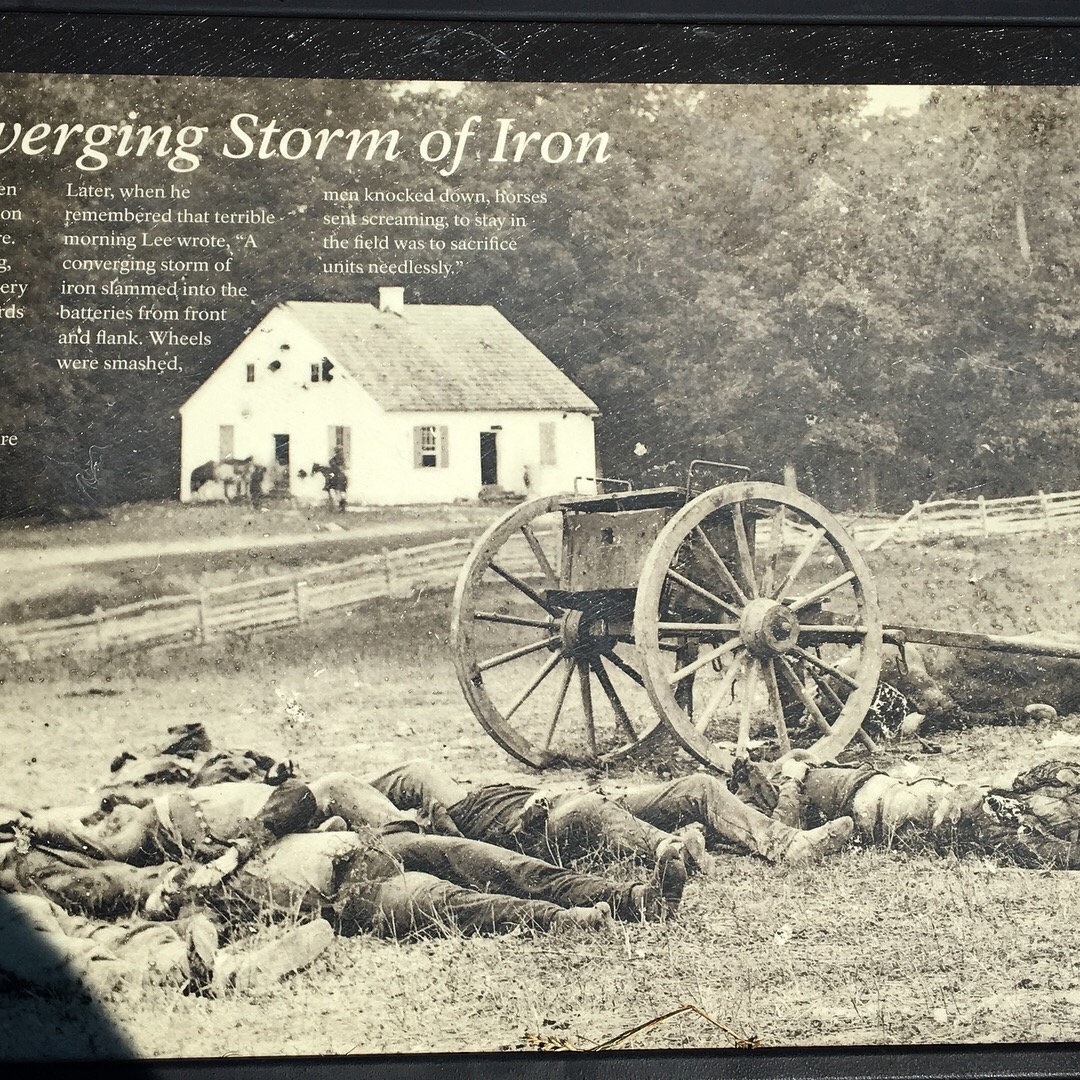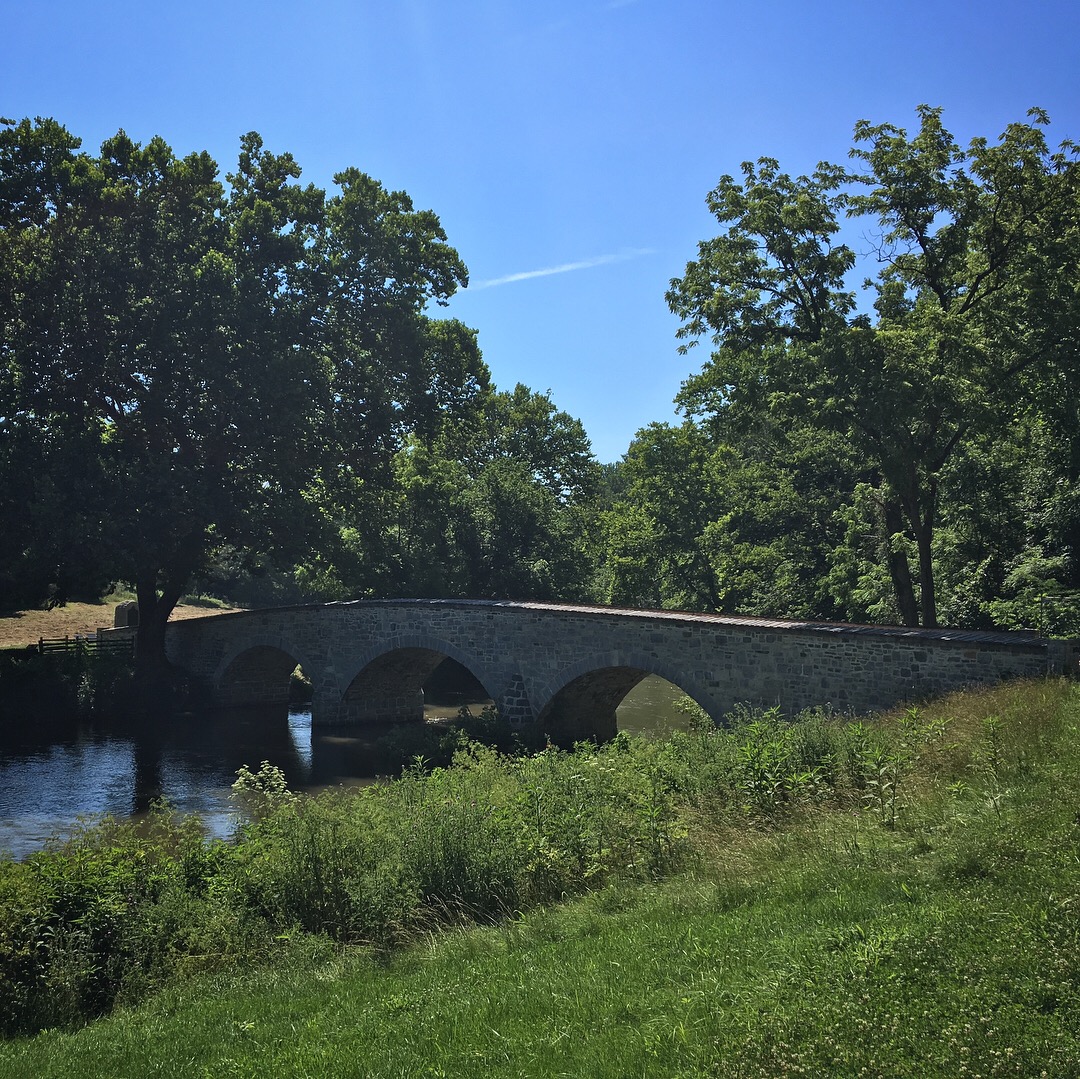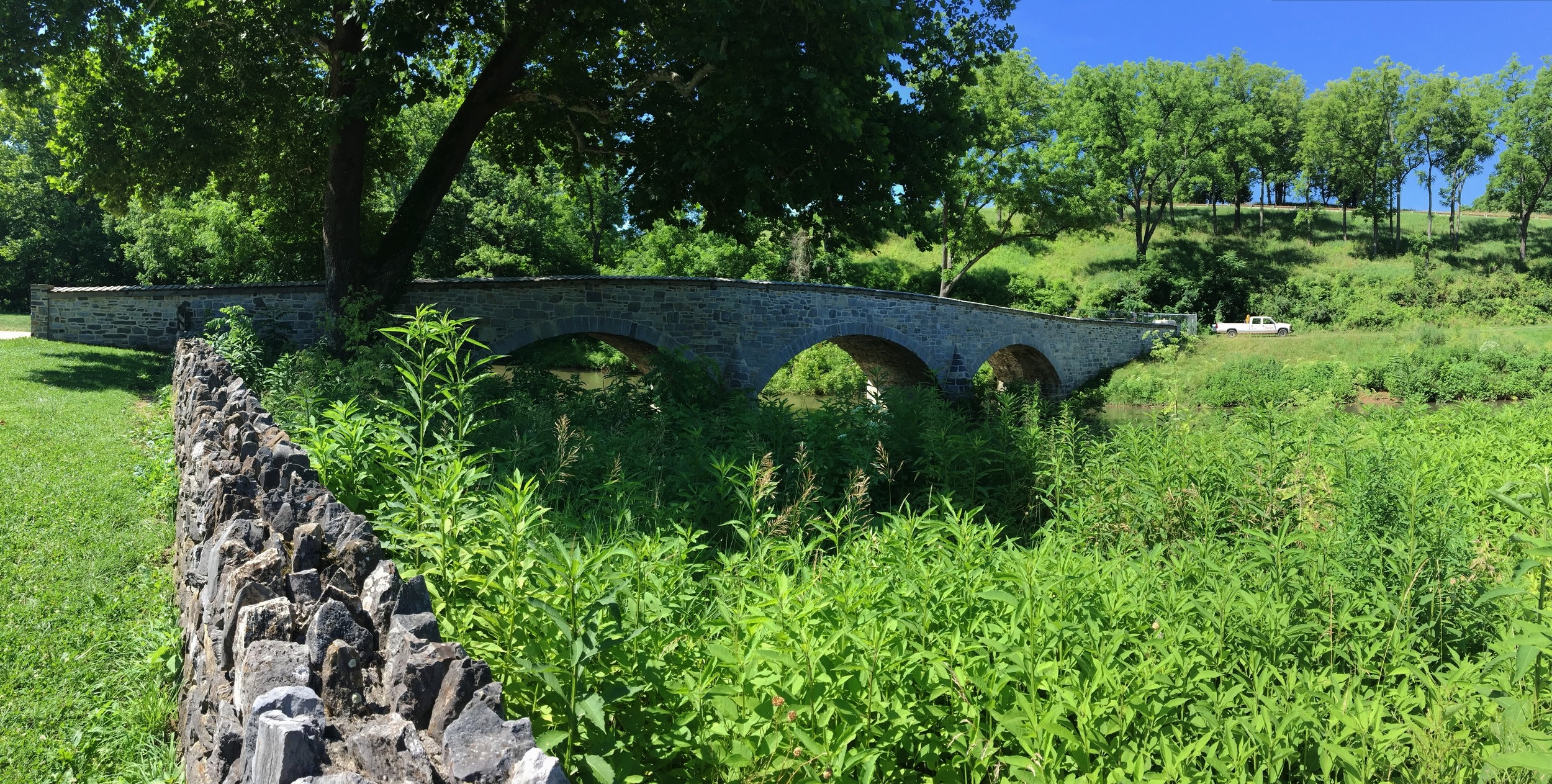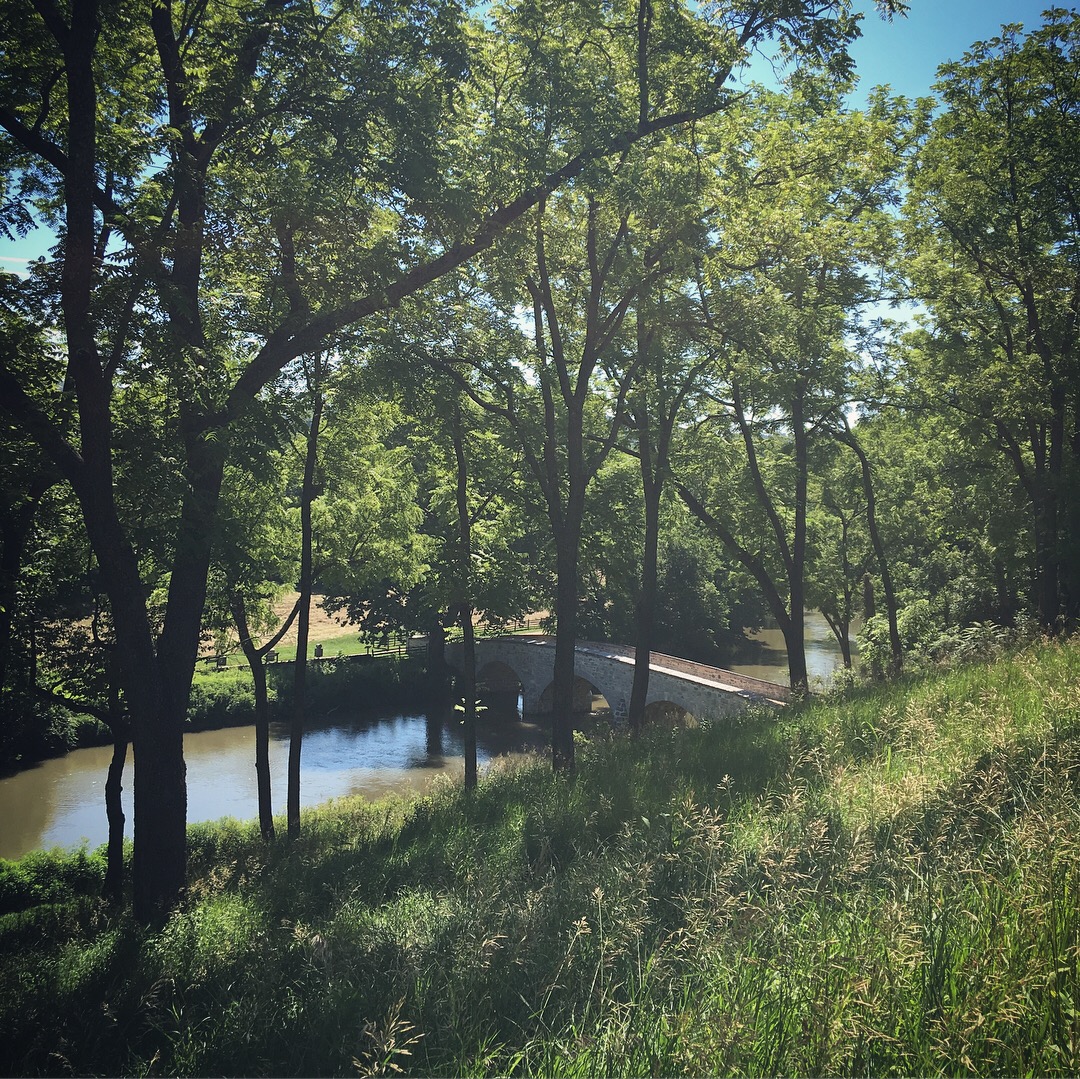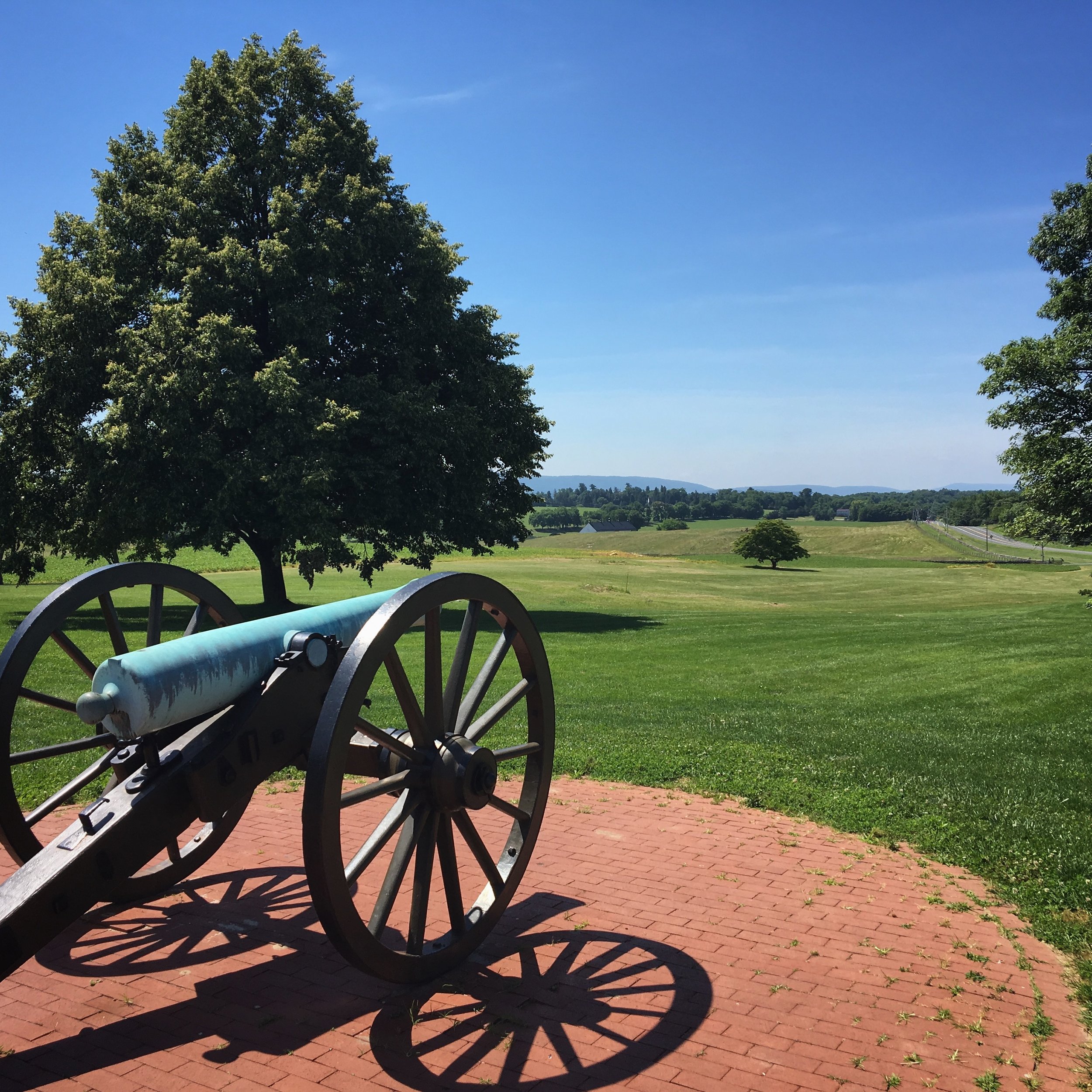A visit to Antietam
/Bloody Lane, Antietam National Battlefield Park
Friday I got to visit Antietam National Battlefield Park for the first time. Despite my interests, studies, and profession, this is only the fourth Civil War battlefield I've been able to visit, after Gettysburg (twice), Kennesaw Mountain, and Griswoldville. (I could count Atlanta, but that battlefield is buried beneath Jimmy Carter Boulevard now.)
The Battle of Sharpsburg, a.k.a. Antietam, occurred September 17, 1862 in the fields surrounding Sharpsburg, Maryland. Major General George McClellan, the Union commander of the Army of the Potomac, having accidentally acquired a copy of Confederate General Robert E. Lee's marching orders for his invasion of Maryland and Pennsylvania, moved to confront Lee while his army was divided. Lee drew his army up around the town of Sharpsburg, where a few bends of the Potomac River created a defensible position. McClellan attacked, and his troops kept up pressure on Lee all day, but the battle proved indecisive. McClellan refrained from attacking the next day and Lee was able to escape across the river into Virginia.
Two things make Antietam significant: First, it is the bloodiest single day in American military history. 23,000 men were killed and wounded in just twelve hours of combat. Second, as Antietam was the closest thing to a victory the Union had achieved in the east up to that point, the battle offered President Lincoln, hitherto an advocate of a limited war to preserve the union, an opportunity to expand the war's scope and put extra economic pressure on the Confederacy by announcing the Emancipation Proclamation, which would theoretically liberate all slaves in areas still under Confederate control if the war were not ended by January 1, 1863. This was not actually a popular move, especially since further disaster awaited the Union armies later that year.
I arrived before the visitors' center opened and the first spot I walked to was the western end of Bloody Lane, where the 24th Georgia Volunteer Infantry deployed in support of Colquitt's Brigade during the battle. Among the privates of the 24th's Company E, "Rabun Gap Rifles," was Abraham Lafayette Keener, an ancestor on my maternal grandfather's mother's side. Abraham has a small role to play in my forthcoming novel Griswoldville.
I walked the length of Bloody Lane to the park observation tower. Bloody Lane was a deeply rutted road at the time of the battle--natural entrenchments for the defending Confederates under D.H. Hill. Despite repeated assaults by much larger Union forces, Hill's men held out for nearly four hours. During that time, over 5,000 men were killed and wounded along that stretch of road. The Confederate dead lay three deep in a few places.
After climbing the observation tower I walked to Dunker Church, scene of some early fighting and maneuvering during the morning of the battle, and watched the excellent half-hour film available at the park visitors' center. I am, to be frank, usually underwhelmed by the films at national parks, but this one was produced to a high standard and featured dramatic and moving reenactments of some of the major events of the battle. I bought a DVD copy for use in the classroom.
From there I drove to Burnside's Bridge to complete my visit.
If you haven't visited Antietam, do so. It's an important site for Civil War history and the park is well-maintained and beautiful. Strikingly so. Walking around on a sunny, cloudless June morning, I found it hard to imagine all the death that occurred there. But it's important to try.
A gallery of the photos I took. I forgot my Nikon before I got on the road, but I hope my phone's camera suffices.
